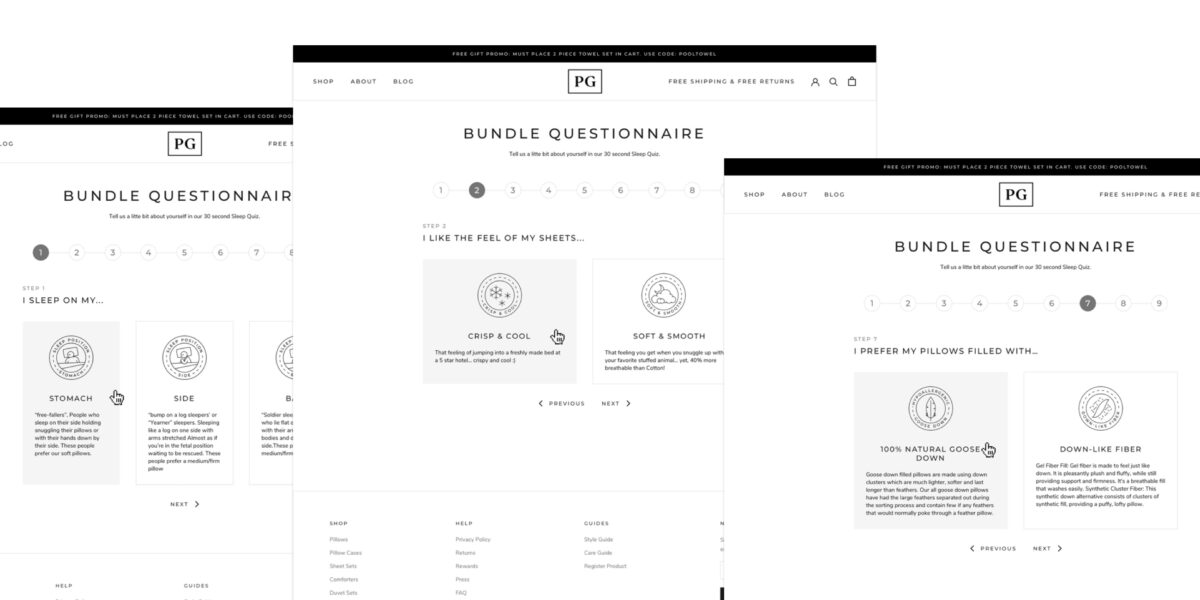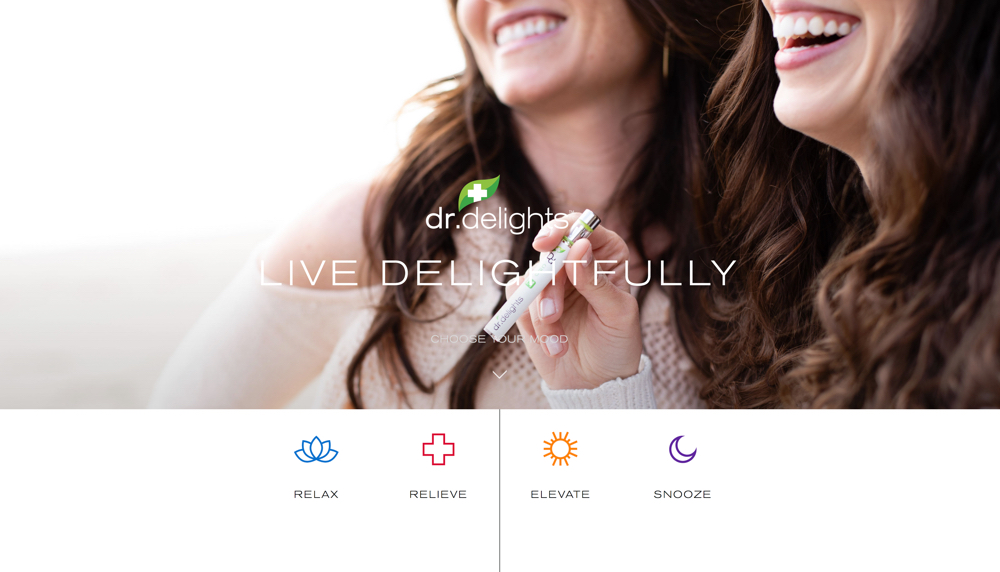In the ever-competitive world of e-commerce, one metric stands out as a key indicator of success: the conversion rate. Conversion Rate Optimization (CRO) is the systematic process of increasing the percentage of website visitors who take a desired action, whether it’s making a purchase, signing up for a newsletter, or filling out a contact form. In essence, CRO is about maximizing the effectiveness of your website to drive more valuable actions from your visitors. It’s our top priority when designing, developing, and nurturing the sites we build.

Understanding Conversion Rate Optimization
At its core, CRO involves analyzing user behavior, identifying barriers to conversion, and implementing strategies to overcome those barriers. Here’s a breakdown of the key components of CRO:
1. Data Analysis: The first step in any CRO strategy is gathering and analyzing data. This includes examining metrics such as bounce rate, time on page, and conversion funnel performance to identify areas for improvement.
2. User Research: Understanding your target audience is crucial for effective CRO. Conduct user surveys, analyze website heatmaps, and gather feedback to gain insights into user preferences, pain points, and motivations.
3. A/B Testing: A/B testing involves comparing two versions of a webpage or element to determine which one performs better in terms of conversion rate. Test different variations of headlines, calls-to-action, and page layouts to identify the most effective elements. Utilizing a tool such as VWO can be an excellent way to test.
4. Optimization Tactics: Once you’ve identified areas for improvement, it’s time to implement optimization tactics. This could include improving website speed, simplifying the checkout process, enhancing product descriptions, or adding social proof elements such as customer reviews.
Getting Started with CRO
Ready to embark on your CRO journey? Here are some steps to help you get started:
1. Set Goals: Clearly define your objectives and key performance indicators (KPIs) for CRO. Whether it’s increasing overall conversion rate, boosting sales of a specific product, or improving lead generation, having clear goals will guide your efforts.
2. Audit Your Website: Conduct a comprehensive audit of your website to identify areas for improvement. Pay attention to usability issues, navigation barriers, and friction points in the conversion funnel.
3. Develop a Testing Plan: Prioritize areas for optimization based on potential impact and feasibility, and develop a testing plan outlining the elements you’ll test and the metrics you’ll track.
4. Implement Changes: Based on your testing results, implement changes to your website and closely monitor their impact on conversion rate and other relevant metrics.
5. Iterate and Refine: CRO is an ongoing process of continuous improvement. Use data-driven insights to iterate on your strategies, refine your tactics, and continually optimize your website for maximum conversion effectiveness.
6. Contact us: we’d love to partner with you and watch your conversion rate soar.
Conversion Rate Optimization is a powerful tool for e-commerce businesses looking to maximize the value of their website traffic. By understanding the basics of CRO and implementing a systematic approach to optimization, you can unlock the full potential of your online presence and drive meaningful results for your business. Ready to get started? Embrace the power of CRO and watch your conversion rates soar!
















